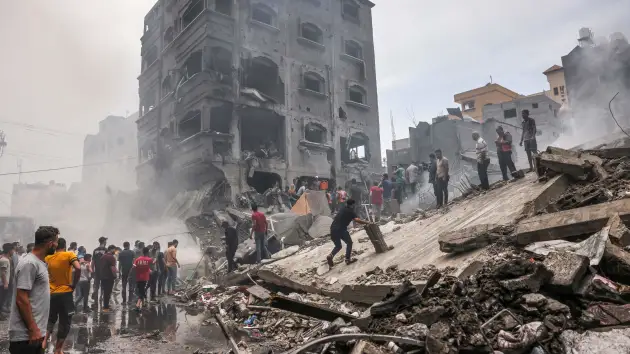Delhi transforms into a 'gas chamber': Residents struggle to breathe as harmful smog covers the city
Delhi transforms into a 'gas chamber': Residents struggle to breathe as harmful smog covers the city
As the winter season arrives in northern India, a common yet concerning occurrence is spreading over urban areas, suburbs, and rural communities: smog. This thick, suffocating blanket of pollution is now a yearly event in the northern region of the country, encompassing Punjab, Haryana, Delhi, and sections of Uttar Pradesh. However, this year, haze has emerged much sooner, just as winter begins, leading to a notable drop in air quality and affecting public health, transportation, and daily activities. So, why has haze become so widespread, especially at the start of winter? The Indian Express offers an explanation. What exactly is haze? Haze is a form of air pollution that produces a murky or foggy environment, diminishing visibility and impacting air quality. Initially used in the early 1900s to delineate a combination of smoke and fog, the phrase "smog" denoted contamination emanating from coal combustion, predominantly prevalent in industrial regions. Currently, smog remains widespread in crowded urban areas with substantial industrial and vehicular discharges.
Smog develops when pollutants like nitrogen oxides, volatile organic compounds (VOCs), and other detrimental particles are discharged into the air from various sources such as factories, vehicles, and power plants. These contaminants undergo chemical reactions when exposed to sunlight, resulting in a dangerous blend. When mixed with fog or high moisture, this process generates a dense mist, which can decrease visibility and create health hazards. Does smog occur annually during the winter season? Yes, it occurs each year, typically by late November or December in the Northern plains. Winter results in reduced temperatures and decreased sunlight, causing atmospheric inversion. This occurs when a layer of warmer air prevents cold air from rising, trapping it near the surface. The inversion layer traps pollutants close to the ground, which stops them from spreading out.
via Blogger https://ift.tt/VYTGOLr
November 15, 2024 at 12:34PM




Comments